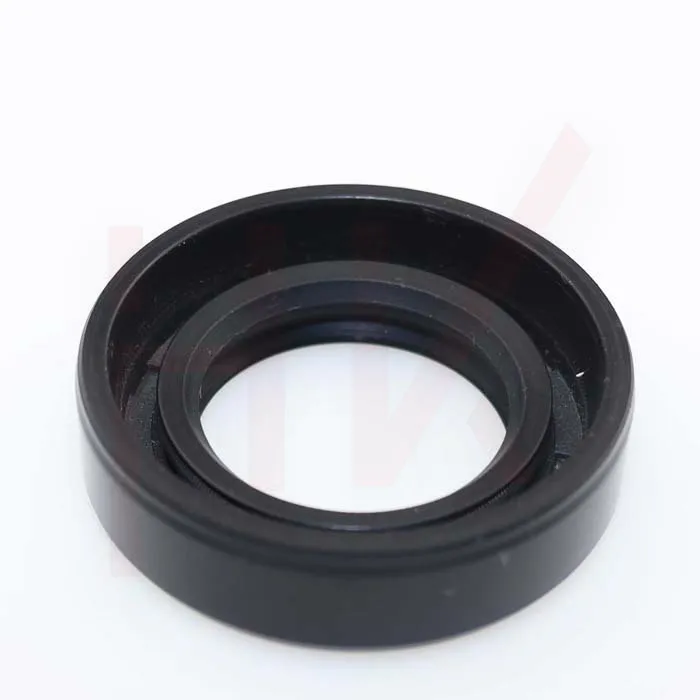Mineral fibre suspended ceiling tiles are made from a combination of natural and synthetic minerals, such as gypsum, perlite, and various cellulose materials. The manufacturing process involves creating a fibrous structure that is lightweight yet durable, allowing the tiles to be easily installed as part of a suspended ceiling grid system. These tiles typically come in a variety of sizes, textures, and finishes, making them suitable for a wide range of applications, from commercial offices to educational institutions and healthcare facilities.
Furthermore, in educational settings, cross tee ceilings contribute to both functionality and aesthetics, creating a conducive learning environment that can positively affect student concentration and performance. They are also a popular choice in healthcare facilities, where cleanliness and maintenance are paramount, as these ceilings can be washed down and easily replaced.
In addition to their acoustic properties, mineral fiber ceiling panels also excel in thermal insulation. Effective insulation helps regulate indoor temperatures, contributing to energy efficiency. By maintaining a consistent temperature throughout a room, these panels can help reduce heating and cooling costs. In commercial buildings, where energy expenses can significantly impact the bottom line, using mineral fiber panels can lead to substantial savings over time.
PVC gypsum boards are typically composed of a gypsum core encased with a layer of PVC on both sides. This unique composition provides the boards with several desirable properties. The gypsum offers fire resistance, sound insulation, and thermal performance, making it an ideal choice for partitions, ceilings, and wall coverings. The PVC layer, on the other hand, enhances the board's durability, moisture resistance, and ease of maintenance, significantly prolonging its lifespan. This combination results in a lightweight, robust material that suits diverse environments.
When it comes to heating, ventilation, and air conditioning (HVAC) systems, proper maintenance and accessibility are crucial for optimal performance. One essential component that plays a significant role in this process is the HVAC access panel, particularly those installed in ceilings. These panels serve as convenient access points to various HVAC components, aiding in maintenance, repairs, and inspections.
In conclusion, drop ceiling cross tees represent a compelling combination of style, functionality, and adaptability for modern spaces. They provide structural integrity while enhancing the aesthetic appeal of ceilings in various environments. With the trend leaning towards more flexible, minimalist, and environmentally conscious designs, the use of drop ceilings and their components will likely continue to rise. As interior design evolves, these elements will remain pivotal in creating spaces that are not only visually striking but also suit the practical needs of their occupants. Whether in a bustling office or a cozy home, drop ceiling cross tees pave the way for innovative design solutions that are here to stay.


 They prevent fluid leakage and maintain system pressure They prevent fluid leakage and maintain system pressure
They prevent fluid leakage and maintain system pressure They prevent fluid leakage and maintain system pressure They offer custom-designed hydraulic seal kits that cater to unique system requirements, backed by exceptional technical support and service They offer custom-designed hydraulic seal kits that cater to unique system requirements, backed by exceptional technical support and service
They offer custom-designed hydraulic seal kits that cater to unique system requirements, backed by exceptional technical support and service They offer custom-designed hydraulic seal kits that cater to unique system requirements, backed by exceptional technical support and service Similarly, in aerospace applications, a seal failure could jeopardize the entire mission, risking the lives of crew members and the success of the endeavor Similarly, in aerospace applications, a seal failure could jeopardize the entire mission, risking the lives of crew members and the success of the endeavor
Similarly, in aerospace applications, a seal failure could jeopardize the entire mission, risking the lives of crew members and the success of the endeavor Similarly, in aerospace applications, a seal failure could jeopardize the entire mission, risking the lives of crew members and the success of the endeavor


